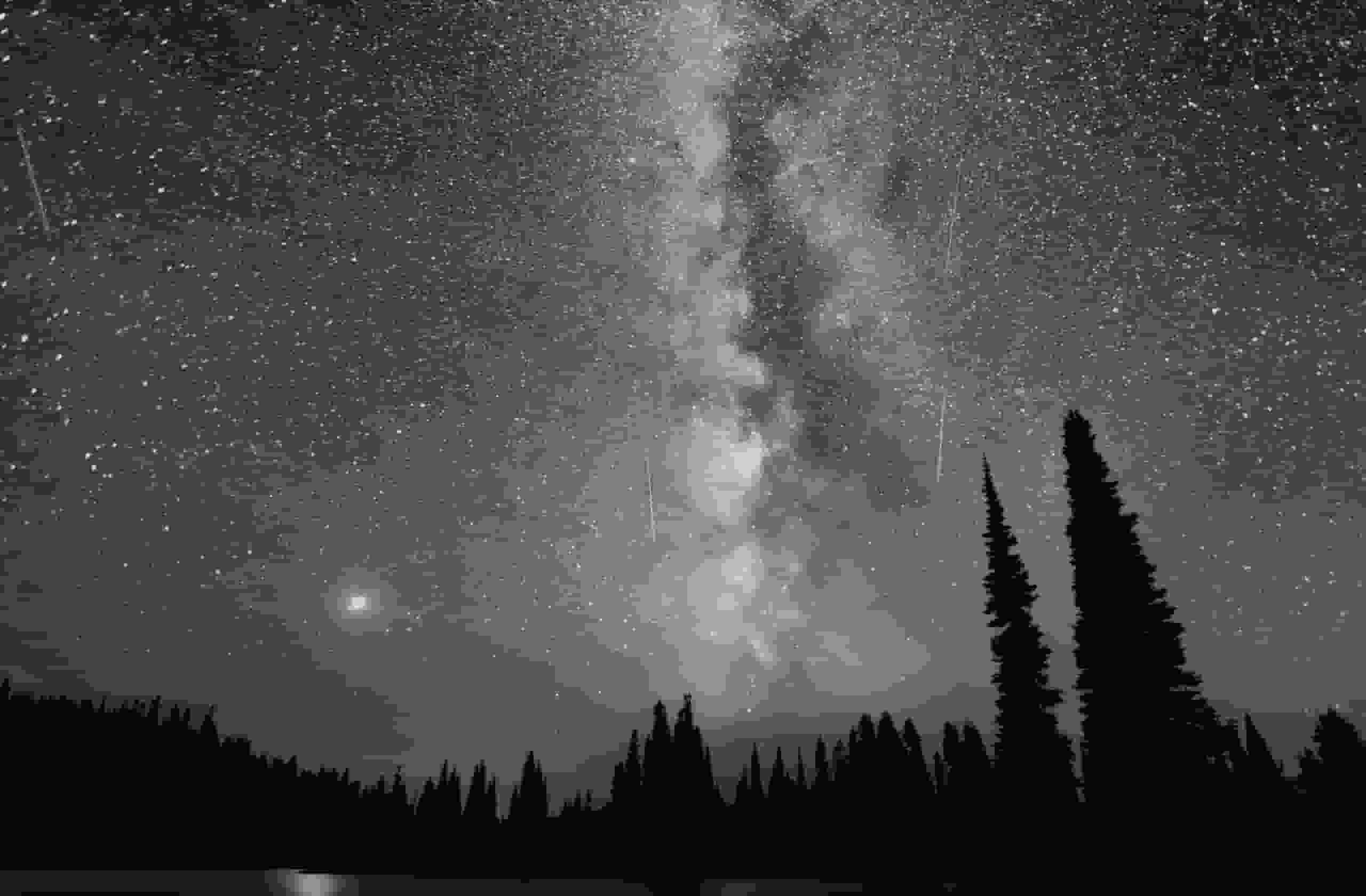As of Tuesday night, the most brilliant meteor shower of the year will be at its peak.
It all started on November 19th, and the Geminids continued all the way until December 24th. Through Tuesday night and into Wednesday morning, the shower will continue at its peak.
Geminids Meteor Shower
According to the American Meteor Society, the optimum time to watch brilliant meteors is after midnight.
At peak activity, the Geminids can emit 100-150 meteors each hour. Unfortunately, the declining gibbous moon will obscure some of the meteor showers. As a result, NASA estimates that only 30–40 meteors will actually be visible.
NASA’s Meteoroid Environments Office lead in Huntsville, Alabama, Bill Cooke, recommends watching from a shady location with a clear view of the sky.
The asteroid 3200 Phaethon is the source of the shower’s debris. The Infrared Astronomical Satellite was used to make the initial discovery on October 11, 1983; the asteroid’s fragments complete one orbit of the Sun once every 1.5 years.
According to NASA, the Geminids meteor shower occurs annually when Earth travels through the debris.
Read more: NASA ICON atmosphere-studying satellite on Earth’s orbit has lost touch
Where The Geminids Shower Be Most Visible?

As the only significant shower that shows the most activity before midnight in North America, it is renowned for being family-friendly and a nice one for young viewers to observe.
All regions of the world will be able to see the Geminids, but the Southern Hemisphere should watch them at around 2 a.m. local time because that is when the radiant will be at its highest and easiest to observe.
According to Lunsford, the radiant will be low on the horizon, which will also affect how frequently meteors show.
The Geminids shower is second only to the Perseids in terms of producing fireballs, meteors that are brighter than Venus, according to data from NASA’s meteor camera, Cooke said. It’s well known that the largest and brightest Geminid meteors have a greenish appearance.
The Geminid meteor shower is anticipated to occur around a new moon in 2023, providing ideal viewing circumstances. For the previous two years, the moon’s illumination has interfered with Geminid observers.
The Ursids, which peaks the evening of December 22, will be the following and last significant annual meteor shower of 2022.
Read more: Look the extraordinary image of Titan, Saturn’s largest moon captured by NASA Webb Telescope


